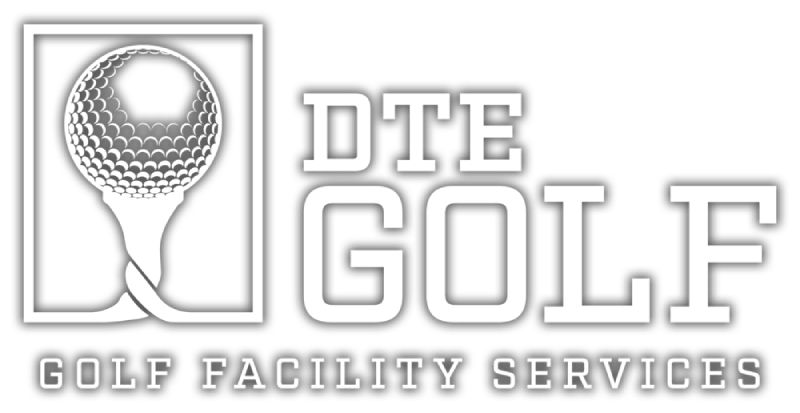How to Mow a Lawn the Right Way
Maintaining a high-quality lawn requires diligent attention to mowing. Mowing promotes turfgrass density, resulting in a dense lawn that is resilient against weed growth. Effective lawn maintenance, which includes proper mowing, fertilization, and irrigation, is crucial for a thriving lawn.
Cutting height and frequency are the two primary components of mowing, with both factors contingent on the turfgrass species, cultivar, and the desired level of lawn quality. In addition, several other mower practices are essential for creating a top-quality lawn.
Height of Mowing
The ideal cutting height for a lawn depends on the leaf width and growth habit of the turfgrass species. Horizontal-spreading grasses can typically be mowed shorter than upright-growing, bunch-type grasses. Grasses with narrow blades can also be cut closer than those with wide blades. Bermudagrass, for example, can be mowed at low heights due to its low growth habit and many narrow leaf blades, while bahiagrass requires higher cutting heights due to its open, upright growth habit.
Each time turfgrass is mowed, it undergoes physiological stress, especially if too much leaf tissue is removed. Scalping, or excessive removal of shoot tissue, can result in long-term damage to the turf, leaving it susceptible to other stresses such as insects, disease, drought, and sunscald.
Mowing also affects rooting depth, with a deeper root system developing in response to higher mowing heights. The benefits of a deeper root system include greater tolerance to drought, disease, insects, temperature stress, nematodes, nutrient deficiencies, poor soil conditions, and traffic. Mowing below the recommended height for each turfgrass species is a leading cause of turf death and should be avoided.
Frequency of Mowing
The frequency of lawn mowing is determined by the growth rate of the grass, which is influenced by factors such as grass species, weather conditions, time of year, and level of maintenance. Growth rates are typically slower during the winter or under low fertility and irrigation, while they are faster during the summer or under high fertility and watering practices.
Compared to zoysiagrass, bermudagrass is a fast-growing grass, while low-maintenance grasses like centipedegrass and bahiagrass are usually mowed primarily to remove seedheads, instead of cutting leaf blades. It is recommended to mow frequently enough so that no more than 1/3 of the blade height is removed per mowing. For instance, if a lawn consisting of St. augustinegrass is mowed at a height of 3 inches, it should be mowed when it grows to a height of 4 to 4 1/2 inches. To minimize stress to the grass caused by mowing, it is essential to remove only a third of the leaf blade at every mowing and leave as much leaf surface as possible for photosynthesis.
Using Your Grass Clippings
What should you do with grass clippings? Grass clippings are a valuable source of nutrients for plants, so it's best to leave them on the lawn after mowing. This will save time and energy while also reducing the need for fertilizers. In contrast to popular belief, leaving grass clippings on the lawn does not contribute to thatch buildup. Thatch is a layer of dead and decomposing organic matter that accumulates on top of the soil, and grass clippings readily decompose through microbial action. However, the tougher components of the plant, such as stems, rhizomes, and stolons, can contribute to thatch. If clippings are left in clumps due to infrequent mowing, they can be raked to distribute them more evenly. Alternatively, you can add grass clippings to your compost pile or use them as mulch for landscape plants.
Mowing Equipment
There are various lawnmowers with different features and sizes available in the market. Two primary types of lawnmowers include reel mowers and rotary mowers. Additionally, there are other types of mowers like a flail, mulching, and string mowers. Mowers can be either push or self-propelled models and can discharge clippings from the front, side, or rear. The decision to purchase a specific mower depends on the lawn's size, turfgrass species, and the level of maintenance required.
Good Mowing Practices
To mow your lawn safely and effectively, follow these procedures and precautions:
Before mowing, clear the area of stones, sticks, and other debris to prevent mower damage and injury from flying objects.
Avoid mowing wet grass with a rotary mower, as it can clog the machine. Only mow when the grass is dry.
Frequently sharpen the mower blade to maintain a neat appearance of the lawn.
Vary the mowing direction every time to avoid wearing patterns, reduce the grass lying over in the same direction, and prevent scalping.
Leave the grass clippings on the lawn. If clumping occurs, distribute them by remowing or lightly raking. Alternatively, use a leaf blower to disperse them.
Check the mower before each use, and follow the manufacturer's instructions for maintenance and adjustments.
To adjust the cutting height, place the mower on a driveway or sidewalk and measure the distance between the ground and the blade using a ruler.
Do not refuel the mower when it is hot.
Wear heavy leather shoes while mowing the lawn.
After use, wash the mower to prevent rusting and the spread of weed seeds.
Partner With DTE Golf Today
At DTE Golf®, we can help you with all your golf course maintenance needs. Contact us today to hire our professional team to receive high-quality and unmatched services.
Reference:
https://gardeningsolutions.ifas.ufl.edu/lawns/lawn-care/mowing-your-florida-lawn.html

